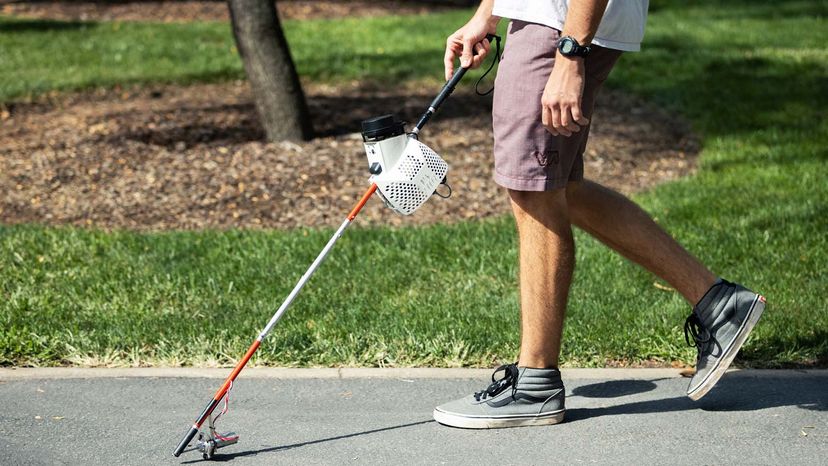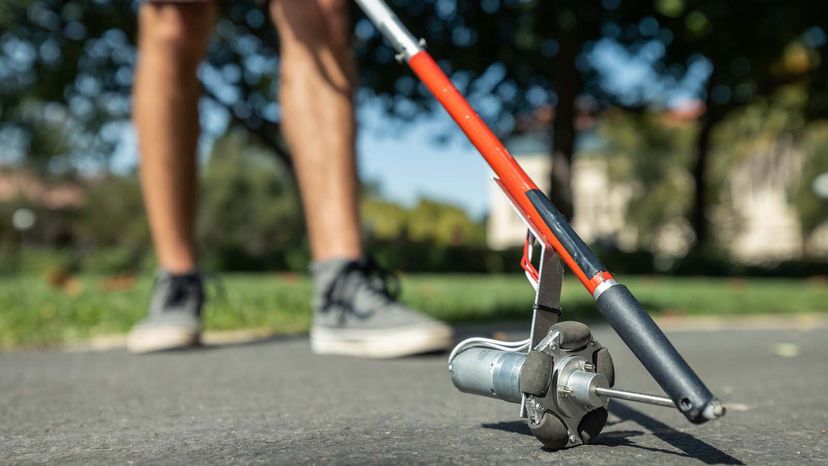
The white cane was introduced in the 1930s to help those living with visual impairment (VI) get around independently. While there have been many technological advances to improve the quality of life of those living with VI, like tactile paving, apps to experience the solar eclipse and smartphone apps for texting, white cane technology has remained relatively the same.
But now researchers at Stanford University have developed an AI robotic cane dubbed the augmented cane that's not only loaded with the latest developments in technology, but also can be built at home with store-bought parts and free software.
Advertisement
Though the Stanford cane is not the first smart cane, it's by far the cheapest at $400 and most technologically advanced, using the latest tools in self-driving cars, smartphones and even LiDAR. The team published its information in the journal of Science Robotic Oct. 13, 2021.
"We wanted something more user-friendly than just a white cane with sensors," team lead Patrick Slade, a graduate research assistant in the Stanford Intelligent Systems Laboratory, said in a press statement. "Something that cannot only tell you there's an object in your way, but tell you what that object is, and then help you navigate around it."
Advertisement













